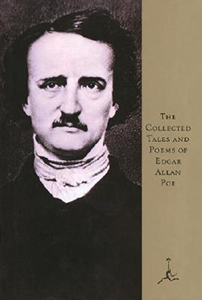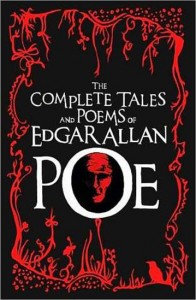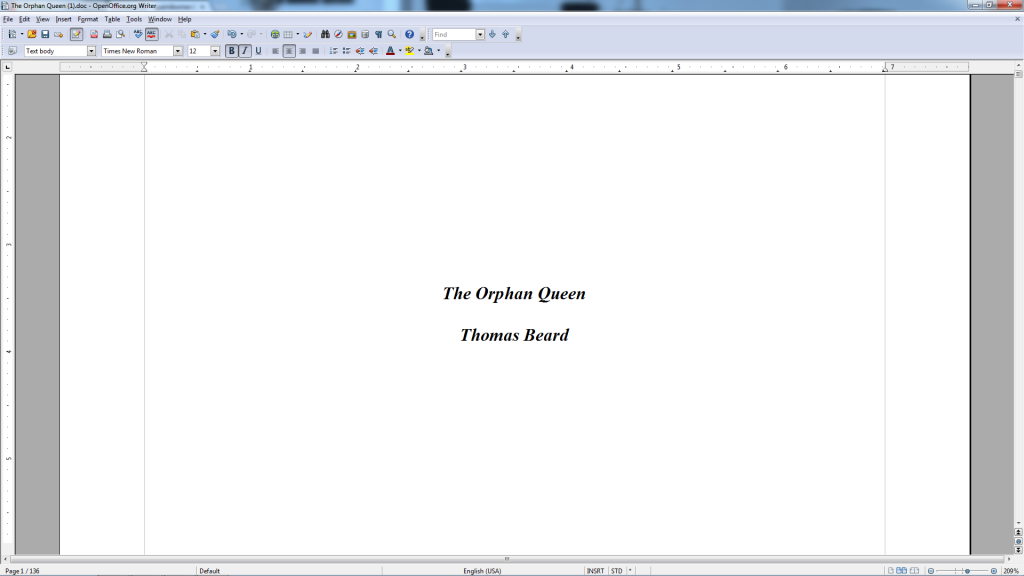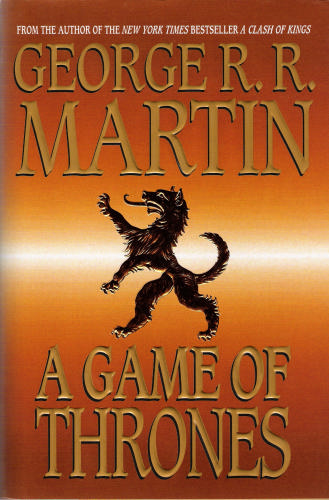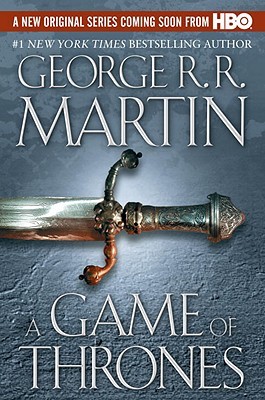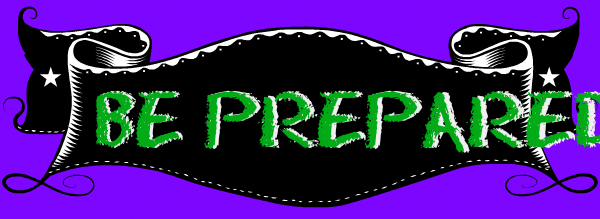 Imagine you’re meeting a friend for lunch. You’ve pulled into the parking lot and two restaurants stand in front of you: one is a well known, polished chain restaurant that has mediocre, but familiar, food. The one next to it is named Bob’s Extraordinary Kitchen. The exterior is far from extraordinary: the paint is faded, a shutter looks like it is about to fall off, and the K has a vulture nesting in the upper portion.
Imagine you’re meeting a friend for lunch. You’ve pulled into the parking lot and two restaurants stand in front of you: one is a well known, polished chain restaurant that has mediocre, but familiar, food. The one next to it is named Bob’s Extraordinary Kitchen. The exterior is far from extraordinary: the paint is faded, a shutter looks like it is about to fall off, and the K has a vulture nesting in the upper portion.
Which restaurant would you choose to eat at? The nice-looking chain or the unknown, disheveled restaurant?
Thankfully for Bob, your friend has already been to Bob’s Kitchen and raves about the food. If it had been up to you, however, the first impression might have been enough to steer you away.
This is just one hypothetical example of how important first impressions are in everyday life. What the exterior of the restaurant is to brand new customers, a book cover is to new readers.
Good book cover design is that first impression for your book and something you can’t afford to ignore. Why?
It Can Catch the Eye of a Potential Reader
The cover of your book (be it e-book or print) is often the first encounter your potential reader has with your work. If the cover doesn’t engage them right away, they may decide to pick up the book next to yours because it appealed more to them. According to a 2008 survey, 31% of all book purchases are impulse buys (source) That’s 31% of readers who were browsing, saw an interesting title and cover combination, read the summary, and decided to purchase the book. If you want to be competitive with the book next to yours, then you should strive to have an excellent book cover.
It Adds Aesthetic Value to Your Book
It’s a universally accepted truth that humans (whether they should or not) like pretty objects. This point applies a little more to a printed book than an e-book, but it still is holds some sway. For example, Barnes and Noble recently released new editions of Alice in Wonderland, Complete Sherlock Holmes, and many other classic books. I’d hazard a guess that a good number of the buyers already owned the book, or if they didn’t, had up until that point been perfectly content with borrowing it from their local library. The deciding factor in buying that book was the gorgeous cover and how nice it would look on a shelf. Now, if you’re reading this, you probably aren’t in the “special edition” stage of your book publishing. The same principle should still apply to you. Don’t you want a book that people enjoy looking at?
Which edition would you like on your bookshelf?
It Conveys Your Book’s Identity
When you think about your book’s cover, you should consider more than just how pretty it is. After all, a potential reader will see it and automatically think, “What kind of book is this? Would I like it?” Your book cover, at first glance, should present a snapshot of what’s underneath and correspond accordingly. For example, if you wrote a how-to book about running a marathon, you wouldn’t have your cover feature pictures of puppies and goldfish, would you? A well-chosen book cover will also build the emotion of the content within. There’s a reason why many fantasy book covers involve epic scenes of a hero performing a task from the book. That kind of cover promises an intensity and grand scale that many people enjoy in their reading. That’s why putting thought and effort into designing your cover is so important. You want to promise what you will deliver.
By now, the more cynical among you may be shrugging, thinking, “Sure. Having a nice cover is important. But my content will draw the crowds more than a book cover.” I don’t deny that. You won’t have success with your book with your cover alone. A cover, however, can be an asset to your words, so why not use it? Don’t let your book be one that readers have to tell their friends, “Don’t judge this book by its cover.”
Rachel Giles is a professional graphic designer who graciously donates her time to the Consortium. Every Tuesday she shares an article about quality cover design.

